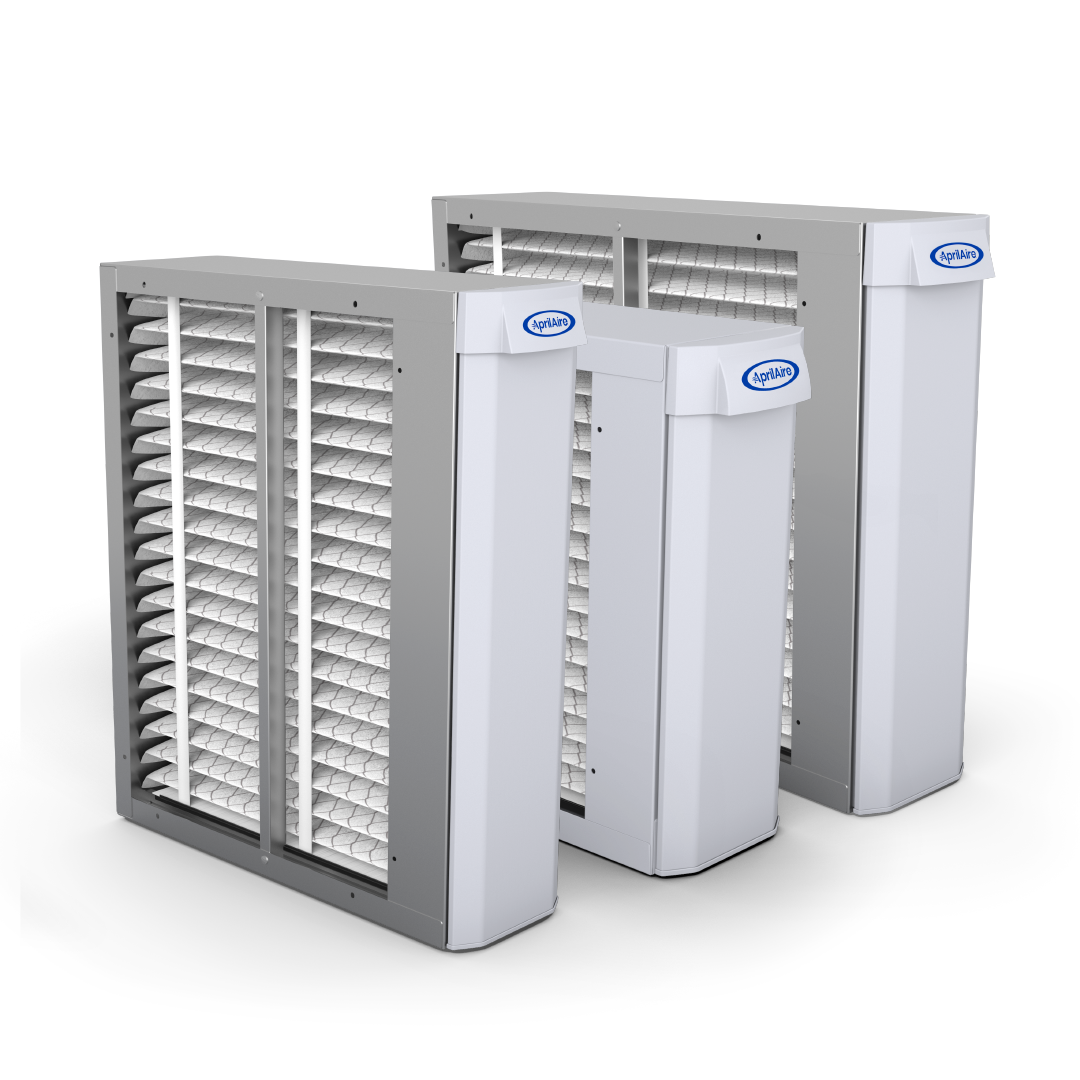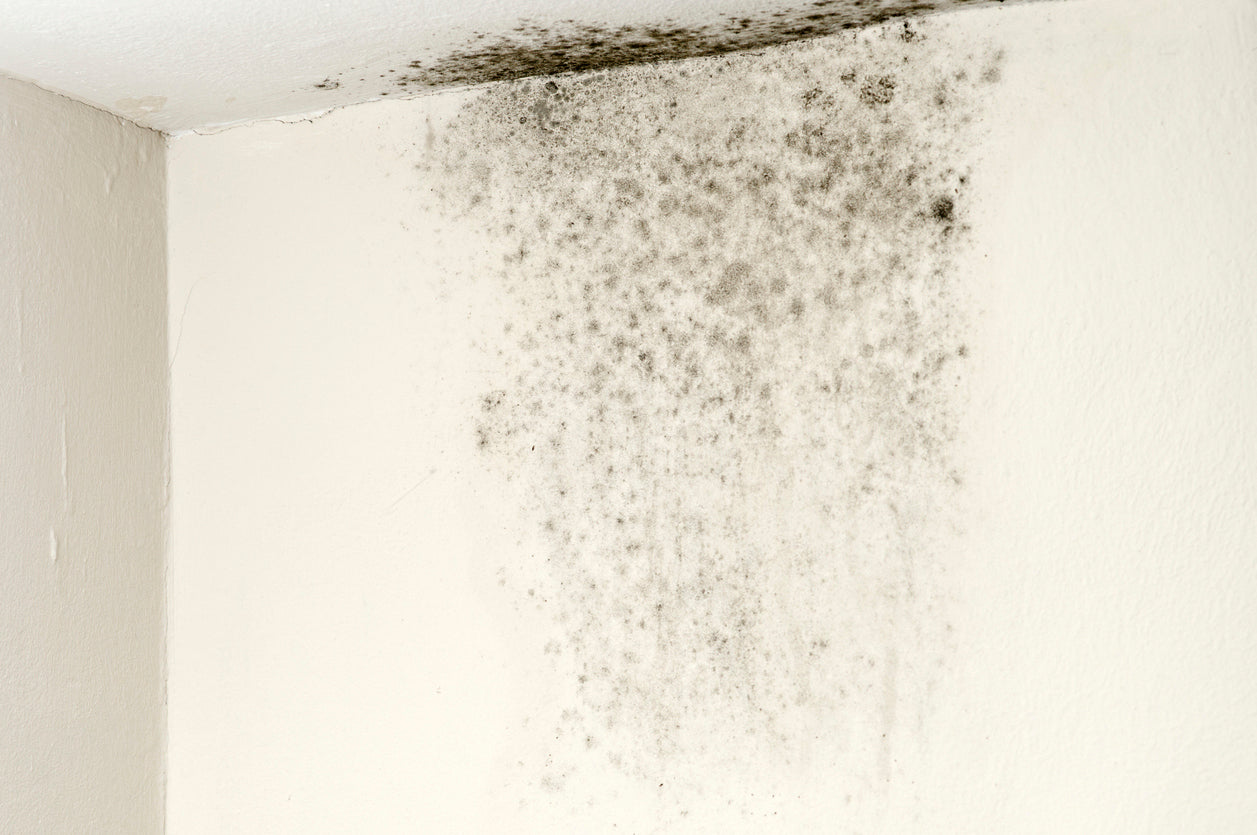Preventing mold buildup in air purifiers is essential for clean air. Regular maintenance can keep your purifier mold-free.
Air purifiers are a great tool for improving indoor air quality. But, they can harbor mold if not cared for properly. Mold spores thrive in damp, dark environments. An air purifier can become a breeding ground if not cleaned regularly.
This can counteract the purifier’s purpose, spreading mold spores instead of removing them. Knowing how to prevent mold buildup ensures your air stays fresh and healthy. With a few simple steps, you can keep your air purifier functioning efficiently and mold-free. Let’s explore these steps to maintain a clean and effective air purifier.
Causes Of Mold In Air Purifiers
Mold buildup in air purifiers can be a serious issue. It not only affects the efficiency of the purifier but also poses health risks. Understanding the causes of mold in air purifiers is crucial for preventing it.
Humidity Levels
High humidity levels create a perfect environment for mold growth. Air purifiers that operate in damp conditions are more likely to develop mold. Moist air provides the necessary moisture for mold spores to thrive.
Using air purifiers in rooms with poor ventilation can also increase humidity. This can lead to mold buildup inside the purifier. Ensure the room is well-ventilated to keep humidity levels low.
Poor Maintenance
Lack of regular maintenance is a major cause of mold in air purifiers. Filters and other components collect dust and moisture over time. Without cleaning, these parts become breeding grounds for mold.
Neglecting to replace filters as recommended can also lead to mold growth. Dirty filters are less effective and more likely to harbor mold spores. Regularly clean and replace filters to keep your air purifier mold-free.

Credit: www.aprilaire.com
Choosing The Right Air Purifier
Choosing the right air purifier is crucial for preventing mold buildup. A good air purifier ensures clean air and a healthy living environment. It is essential to consider specific features when selecting an air purifier.
Hepa Filters
HEPA filters are highly effective in trapping mold spores. They can capture particles as small as 0.3 microns. This prevents mold spores from circulating back into the air. Regularly changing the HEPA filter maintains its efficiency. Always check the manufacturer’s guidelines for replacement intervals.
Uv Light Features
UV light features are another critical factor. UV light can kill mold spores and other microorganisms. This adds an extra layer of protection to your air purifier. Ensure the UV light feature is properly maintained. Replace the UV light bulb according to the manufacturer’s recommendations.
Proper Placement Of Air Purifiers
Place air purifiers in well-ventilated areas to prevent mold buildup. Avoid corners and ensure good airflow around the unit. Regularly clean filters to maintain efficiency and reduce mold growth.
Placing your air purifier correctly can prevent mold buildup. The right location ensures the device works efficiently. It also helps in maintaining clean air.Avoiding High Humidity Areas
High humidity areas are breeding grounds for mold. Avoid placing air purifiers in bathrooms or kitchens. These places have more moisture. Mold thrives in such conditions. Choose dry areas instead.Ensuring Good Airflow
Good airflow is crucial for an air purifier’s efficiency. Ensure there is space around the device. Avoid placing it against walls or furniture. This blocks the air intake and outflow. The purifier needs room to breathe. Keep vents and filters clear. This helps in better air circulation. “`
Credit: molekule.com
Regular Cleaning And Maintenance
Regular cleaning and maintenance are key to preventing mold buildup in air purifiers. Neglecting these tasks can lead to poor air quality and health risks. Follow a consistent cleaning schedule to keep your air purifier in top condition.
Cleaning The Filters
Filters trap dust, pollen, and other particles. Over time, these can become breeding grounds for mold. Clean the filters every two weeks. Check the manufacturer’s guidelines for specific instructions. Some filters are washable. Rinse them under running water. Let them dry completely before reinstalling.
For non-washable filters, replace them as recommended. Keep spare filters on hand. This ensures you always have a clean filter ready. A clean filter enhances the efficiency of your air purifier.
Wiping Down The Exterior
Dust can settle on the exterior of your air purifier. Wipe it down weekly with a damp cloth. Avoid using harsh chemicals. They can damage the surface. Focus on the air intake and outlet areas. Dust buildup here can hinder performance.
Regularly inspect the power cord and plug. Ensure they are free from dust and debris. This helps in maintaining a safe operation. A clean exterior contributes to the overall efficiency of the air purifier.
Using Dehumidifiers
Preventing mold buildup in air purifiers is crucial for maintaining clean air. Using dehumidifiers can help reduce moisture levels, which mold needs to grow. Lowering humidity levels in your home makes it harder for mold to thrive. Here’s how dehumidifiers can help and where to place them for best results.
Benefits Of Dehumidifiers
Dehumidifiers offer many benefits in preventing mold buildup:
- Reduces moisture in the air, making it less likely for mold to grow.
- Improves air quality by keeping humidity levels low.
- Extends the life of your air purifier by reducing mold spores.
- Helps to prevent musty odors caused by mold.
By using a dehumidifier, you create an environment that is less inviting for mold. This, in turn, helps your air purifier work more effectively.
Placement Tips
Proper placement of your dehumidifier is key to its effectiveness. Here are some tips:
- Place the dehumidifier in damp areas, like basements or bathrooms.
- Ensure it is in a central location for even moisture removal.
- Keep doors and windows closed to prevent additional moisture from entering.
- Ensure there is clearance around the unit for better airflow.
By following these placement tips, you can maximize the efficiency of your dehumidifier. This will help in keeping your air purifier free from mold buildup.
Monitoring Humidity Levels
Monitoring humidity levels is crucial to prevent mold buildup in air purifiers. Mold thrives in damp environments. Keeping the humidity in check can reduce this risk. Learn effective ways to monitor and control humidity below.
Using Hygrometers
A hygrometer is a handy tool for measuring humidity levels. Place it near your air purifier. It will give you real-time data on the moisture in the air. This helps you know if adjustments are needed.
There are two main types of hygrometers:
- Analog Hygrometers
- Digital Hygrometers
Digital hygrometers are often more accurate. They also have features like alarm settings to notify you of high humidity. Choose one that suits your needs and budget.
Ideal Humidity Range
The ideal indoor humidity range is between 30% and 50%. Staying within this range helps prevent mold growth. Here is a quick reference table:
| Humidity Level | Impact |
|---|---|
| Below 30% | Too Dry |
| 30%-50% | Ideal |
| Above 50% | Too Humid |
To maintain the ideal range, use a dehumidifier if needed. This can help lower humidity levels in the room. Regularly check your hygrometer to ensure levels stay balanced.
Replacing Filters Timely
One of the best ways to prevent mold buildup in air purifiers is by replacing filters timely. Regular filter replacement keeps your air purifier efficient. It also ensures clean air in your home. Mold thrives on dirty filters, so staying on top of this task is crucial.
Signs Of Filter Replacement
Knowing when to replace your air purifier filters is important. Look for these signs:
- Reduced airflow from the purifier
- Unpleasant odors coming from the unit
- Increased dust or particles in the air
- Visible mold or dirt on the filter
If you notice any of these signs, it’s time to change the filter. Ignoring these signs can lead to mold growth and reduced air quality.
Choosing Quality Filters
Choosing quality filters is as important as replacing them on time. Not all filters are created equal. High-quality filters trap more particles and last longer. They also help prevent mold better than low-quality ones.
Consider the following when choosing a filter:
- Check the MERV rating – Higher ratings mean better filtration.
- Look for HEPA filters – They capture 99.97% of particles.
- Read reviews – User feedback can guide your choice.
Investing in good filters can save you from the hassle of frequent replacements and mold issues.
:strip_icc()/GettyImages-1433073197-4eef22c5b0be4a528d87e5f6091ad5dc.jpg)
Credit: www.bhg.com
Professional Maintenance
Regularly clean and replace air purifier filters to prevent mold buildup. Ensure the unit stays dry and well-ventilated.
Professional maintenance is crucial in preventing mold buildup in air purifiers. Experts have the necessary tools and knowledge to keep your device in top condition. Regular professional checks ensure your air purifier functions effectively, providing clean and healthy air.When To Call Experts
You should call experts if your air purifier emits a musty smell. This odor often indicates mold growth. Also, if you notice reduced air quality, it’s time to seek professional help. Frequent allergy symptoms can be another sign. Regular maintenance should also be scheduled at least once a year.What To Expect During A Service
During a service, professionals will inspect your air purifier thoroughly. They will check for any mold or mildew buildup inside the device. They will clean or replace filters if needed. Technicians will also examine the fan and other components. This ensures your air purifier runs smoothly and efficiently. “`Frequently Asked Questions
How Often Should I Clean My Air Purifier?
Clean your air purifier every 1-2 months. Check the manufacturer’s instructions for specific guidelines. Regular cleaning prevents mold buildup and maintains efficiency.
Can Air Purifiers Get Moldy?
Yes, air purifiers can get moldy if not cleaned regularly. Moisture and dust accumulation create an environment for mold growth.
What Are Signs Of Mold In Air Purifiers?
Signs include musty smells, visible mold on filters, and reduced efficiency. Regular inspections can help detect mold early.
What Causes Mold In Air Purifiers?
Mold forms due to moisture, dust, and lack of regular cleaning. Ensure your purifier is in a dry environment.
Conclusion
Preventing mold in air purifiers is essential for clean air. Regular maintenance is key. Clean filters often. Use a dehumidifier if needed. Ensure proper airflow around the unit. Avoid placing it in damp areas. Follow the manufacturer’s guidelines. Simple steps can keep mold at bay.
Healthy air means a healthier home. Breathe easy with a mold-free purifier. Taking these precautions helps maintain air quality. Enjoy fresh, clean air every day. Keep your air purifier mold-free and efficient.
Rakib Sarwar is a Registered Pharmacist and a reputed health and wellness blogger. He has a great interest in Air purifiers.
